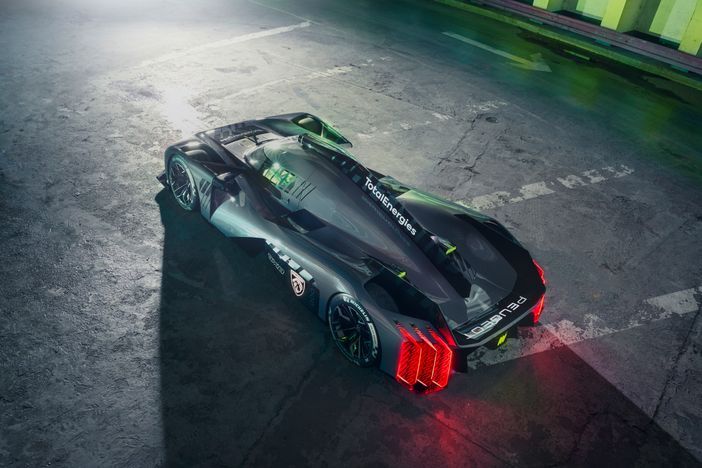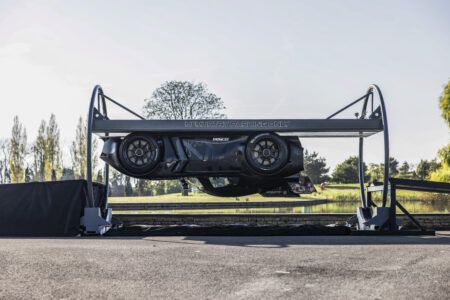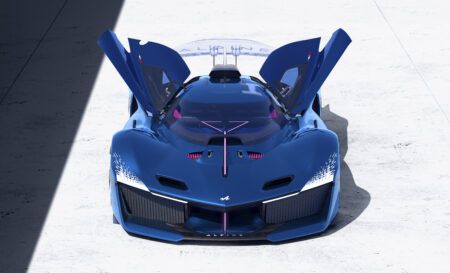Peugeot has revealed new images of its revolutionary hybrid 9X8 Le Mans Hypercar ahead of its debut on the race track in 2022.
For its four-wheel drive hybrid propulsion system, the 9X8 combines a V6 2.6-liter twin-turbocharged 500 kW (680 HP) internal combustion engine at the rear with a 200 kW (270 HP) electric motor/generator in the front.
Peugeot has already won at Le Mans with two cars of two different generations: the 905 with a V10 petrol engine in 1992 and 1993, and the 908 with a V12 HDi-FAP engine in 2009. Once again, it is with the technology used that the PEUGEOT 9X8 marks the beginning of a new era. “Endurance racing is based on rules that allow us to demonstrate PEUGEOT’s expertise across all-electric power trains,” explains Olivier Jansonnie, Technical Director for the project.
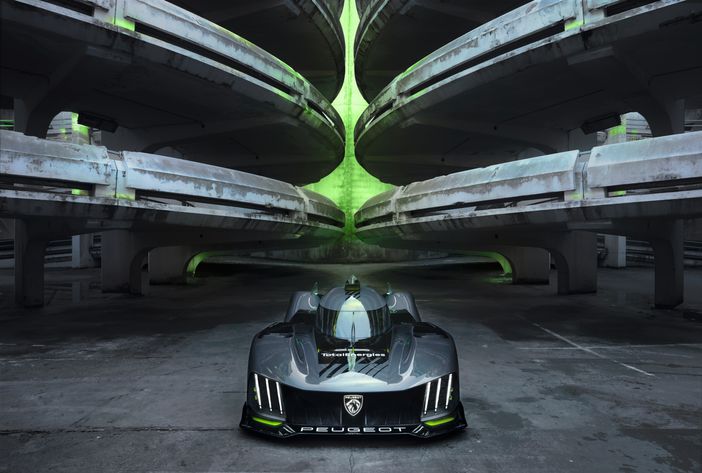
For the Peugeot 9X8 Hybrid Hypercar, engineers and designers worked very closely together to achieve a convergence between style and technology to create a competition vehicle. “The level of discussion was absolutely unprecedented,” said Matthias Hossann, Peugeot design director. “We worked hand in hand with the Peugeot Sport team.”
The Peugeot 9X8 is a radical departure from previous generations of racing cars. The most striking feature of this concept, and one that for many sums it up, is the absence of a rear wing, which gives it its unique profile.
The rear wing first appeared in endurance racing at Le Mans in 1967 and has since become the prevailing standard. No car has won without a rear wing for over 50 years.
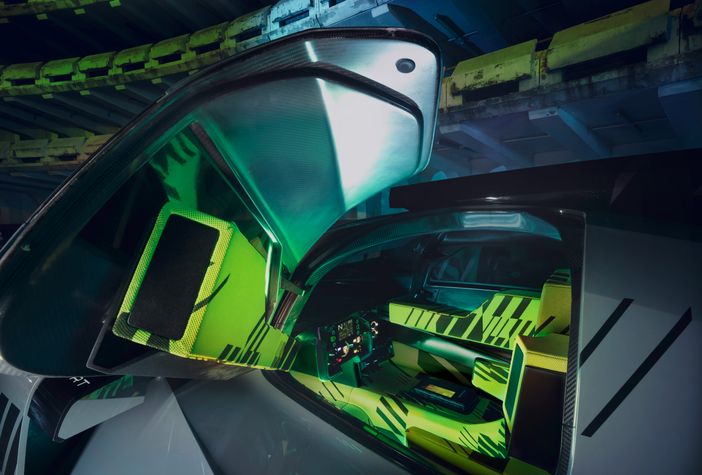
When the Peugeot 9X8 was created, a huge amount of effort was put into the rear end. Following the original sketch of a somewhat pouncing car, a pointed cabin appeared, along with the very particular wrap that is seen today over the rear wheel.


